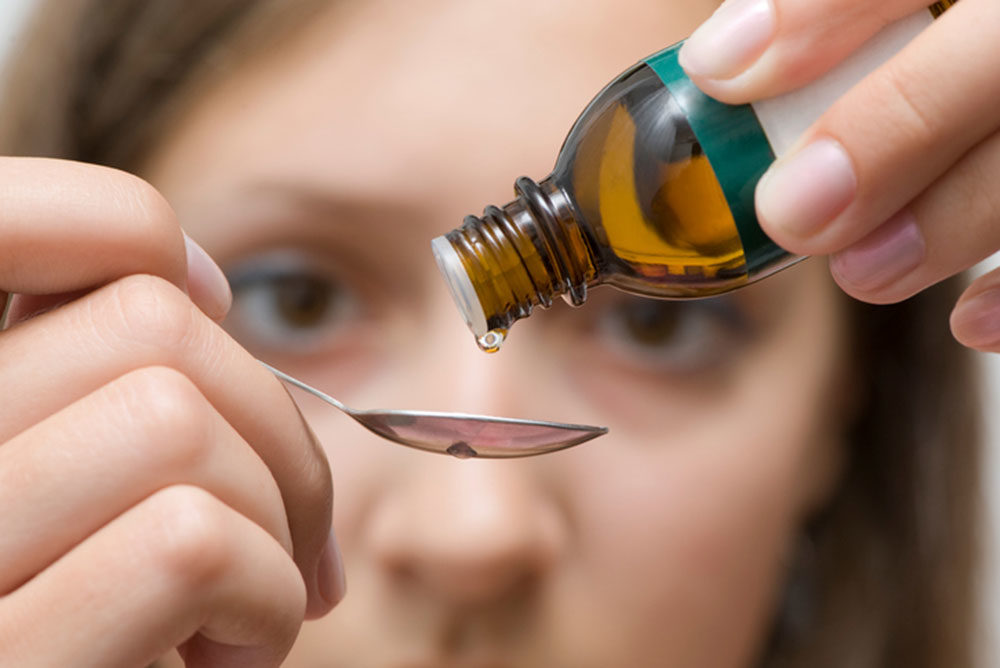
iStock
HOMEOPATHY GETS more popular every year in the United States, growing by 15% between 2010 and 2016. It’s currently a $3 billion industry.
Homeopathy purports to be a single system—albeit one not yet established scientifically—in which “like cures like.” For example, a poison like snake venom that causes swelling or itching can be used to treat those same symptoms whenever they arise.
Harvard Medical School researcher Ted Kaptchuk and others at the Program in Placebo Studies (PiPS) enthuse about homeopathic treatment as a powerful placebo—especially compared to antibiotics. (A 2008 study found that 13% of doctors prescribed antibiotics as placebos, because patients believe the drugs will treat their condition, even if what they have is viral and cannot be affected by antibiotics).
According to PiPS research, even clearly labeled, “honest” or “open label” placebos are effective when given to patients along with explanations about the role of the mind in recovery, especially from chronic pain.
Alternative-medicine guru Andrew Weil, director of Arizona’s Center for Integrative Medicine, believes homeopathy has “value even if it merely evokes a placebo response. If that response does heal…physicians should exploit is as a safe, effective way to treat disease.”
On the other hand, an assessment of more than 1,800 studies on homeopathy by Australia’s National Health Council found only 225 scientifically rigorous enough to analyze—and from these, “no good quality evidence to support the claim that homeopathy is effective in treating health conditions.”
Even the National Center for Complementary and Integrative Health (NCCIH), the division of NIH responsible for studying alternative health options, considers homeopathy “controversial” and “a number of the key concepts of homeopathy…not consistent with fundamental concepts of chemistry and physics.”
Supporters of homeopathy tout its “law of minimum dose”—the notion that the lower the dose…the greater its effectiveness—and the corresponding harmlessness of its preparations. Homeopathic drugs are produced by diluting active substances to such a degree that most analyses detect no remaining trace.
But, concludes NCCIH: “It is not possible to explain in scientific terms how a remedy containing little or no active ingredient can have any effect.” Georgetown University pharmacology professor Adriane Fugh-Berman described evidence for homeopathy’s effectiveness as “between scant and nil.”
And in 2016 the FDA issued new “risk-based enforcement priorities to protect consumers from “potentially harmful, unproven homeopathic drugs.” (Before that, although homeopathic preparations were officially subject to the same requirements as any other drugs, the FDA was not monitoring them—under enforcement policies in effect since 1988.)
“Homeopathic products have not been approved by the FDA for any use and may not meet modern standards for safety,” stated FDA Director of Drug Evaluation and Research Janet Woodcock.
From 2006 to 2016, as the U.S. homeopathic drug market grew “exponentially,” the FDA saw “a corresponding increase in safety concerns, including serious adverse events…also an increasing number of poorly manufactured products that contain potentially dangerous amounts of active ingredients,” according to its statement.
The FDA has warned against substantial risks of specific homeopathic drugs, for example, ordering Zicam to stop marketing three nasal products containing zinc gluconate after more than 100 users reported losing their sense of smell. The FDA also found strychnine, used to poison rodents, in the homeopathic nux vomica.
Besides potential dangers of the preparations, problems arise when homeopathy is used for serious illnesses that could be effectively treated by “allopathic”— traditional or western—medicine. The FDA warns consumers not to rely on homeopathic asthma products or immunizations promoted as substitutes for conventional treatments.
Although patients are advised to tell physicians if they are taking homeopathic preparations, many medical practitioners either have a poor understanding of homeopathy or they confuse or lump it together with herbal, naturopathic, complementary or alternative medicines, according to professors teaching the subject.
Arnica, among the most popular homeopathic preparations, received National Standard (now called Natural Medicines) ratings of “C” (unclear or conflicting evidence) for treating arthritis, pain after surgery, bruising and trauma; and “D” (fair negative evidence) for muscle soreness. Arnica taken by mouth has been linked to stomach irritation as well and breathing and heart problems.
One study comparing arnica gel to a well-regarded ibuprofen gel found each had positive effects on about half the patients. Both preparations could work by way of a placebo effect—created in part by rubbing the skin of painful areas during application, the researchers concluded.
If all pain gels work via the placebo effect, arnica is the better choice: It’s cheaper than other options and available OTC— compared to ibuprofen gel, which is available in the U.S. only by prescription or mail order from Canadian pharmacies.
—Mary Carpenter
Every Tuesday Mary Carpenter reports on well-being, answering questions about living longer, the dangers of heavy metals and solutions for dry skin.
